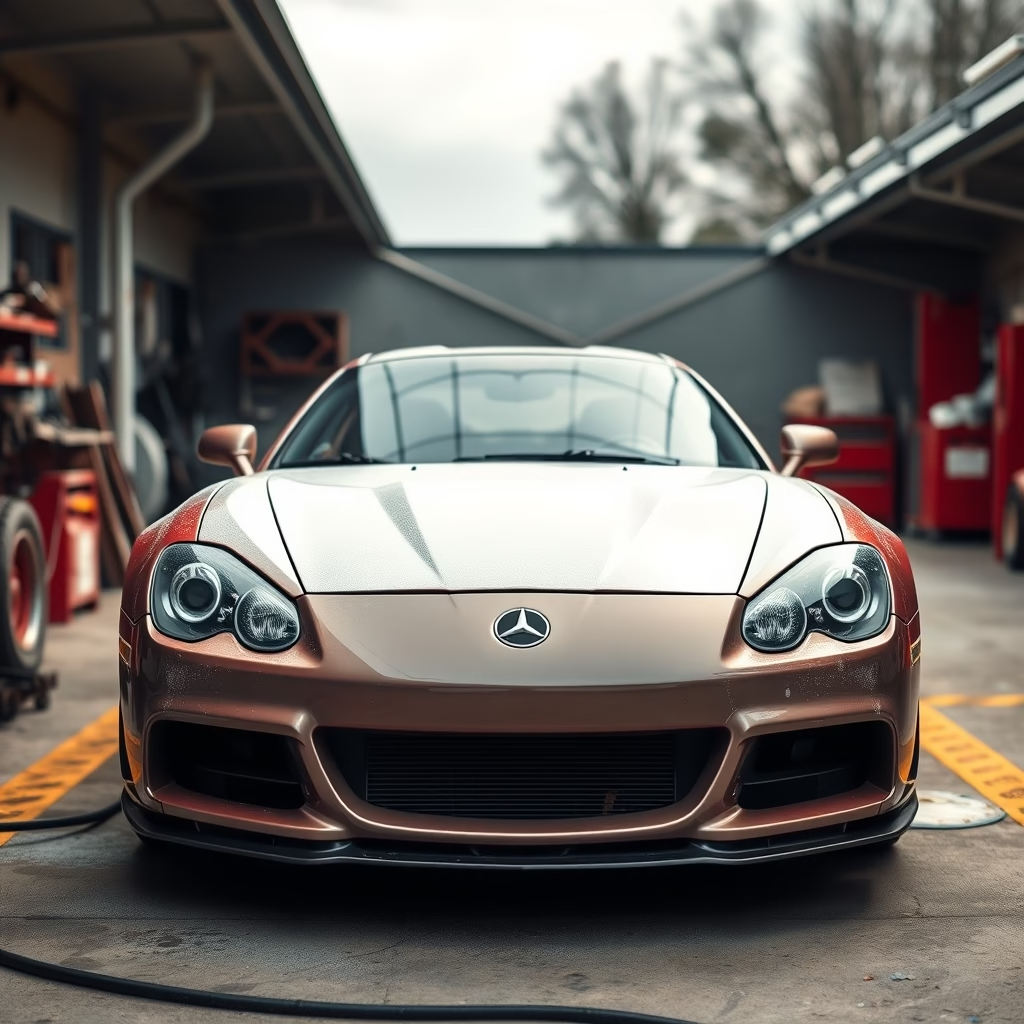How Long Does It Take To Buff A Car?

How Long Does It Take To Buff A Car?
Buffing a car is an essential part of vehicle maintenance that not only enhances its appearance but also helps to protect the paint from environmental factors. If you’re considering buffing your car, you may wonder how long the process actually takes. In this article, we’ll explore the various factors that influence the time it takes to buff a car and provide tips to optimize the process.
Factors Influencing Buffing Time
Several factors will determine how long it takes to buff your car, including:
- Size of the Vehicle: Larger vehicles like SUVs and trucks will generally take longer to buff compared to smaller cars.
- Condition of the Paint: If your car has multiple scratches, oxidation, or significant swirl marks, it will require more time to restore the paint’s original shine.
- Type of Buffing Products Used: Professional-grade polishers and compounds can affect the time required. Some products work faster but may necessitate additional steps.
- Experience Level: An experienced detailer can usually buff a car much faster than someone doing it for the first time.
- Tools and Equipment: High-quality buffing machines can speed up the process compared to manual buffing techniques.
Estimated Time to Buff a Car
On average, buffing a car can take anywhere from 2 to 6 hours. Below is a breakdown of how different scenarios might affect the time needed:
- Basic Buffing: If the paint is in good condition and you are using a dual-action polisher, expect to spend around 2 to 3 hours.
- Extensive Restoration: For cars requiring heavy swirl mark removal or oxidation treatment, the process may take around 4 to 6 hours.
- Professional Services: If you hire a professional detailing service, they might also take a similar amount of time; however, they may achieve better results due to their experience.
Step-by-Step Guide to Buffing
To give you a clearer idea of the buffing process, here’s a basic step-by-step guide:
- **Wash the Car:** Start by thoroughly washing the car to remove dirt and grime.
- **Dry the Car:** Use microfiber towels to dry the vehicle completely.
- **Evaluate the Paint:** Inspect the paint for scratches, swirls, and dents.
- **Choose Your Products:** Select a polish and buffing pad appropriate for your car’s paint condition.
- **Buff the Surface:** Using a dual-action polisher, apply the polish and buff in sections, working systematically around the vehicle.
- **Final Touches:** Wipe down the vehicle with a clean microfiber towel to remove any excess polish and achieve a brilliant shine.
Final Tips for Efficient Buffing
To make the buffing process smoother and quicker, keep these tips in mind:
- Work in a shaded area: This helps prevent the polish from drying too quickly.
- Use the right tools: Invest in a good quality polisher and pads to improve efficiency.
- Don’t rush: While speed is essential, taking your time will yield better results.
Conclusion
Buffing your car can be a rewarding experience that results in a shiny, protected finish. Remember, the time it takes depends on various factors, but with sufficient preparation and the right equipment, you can make the process enjoyable and efficient. Whether you’re buffing your car yourself or hiring a professional, knowing what to expect will help you achieve the best results.






